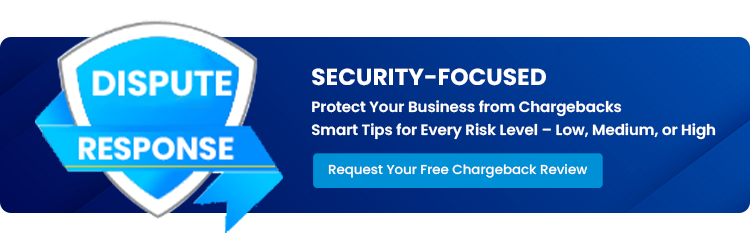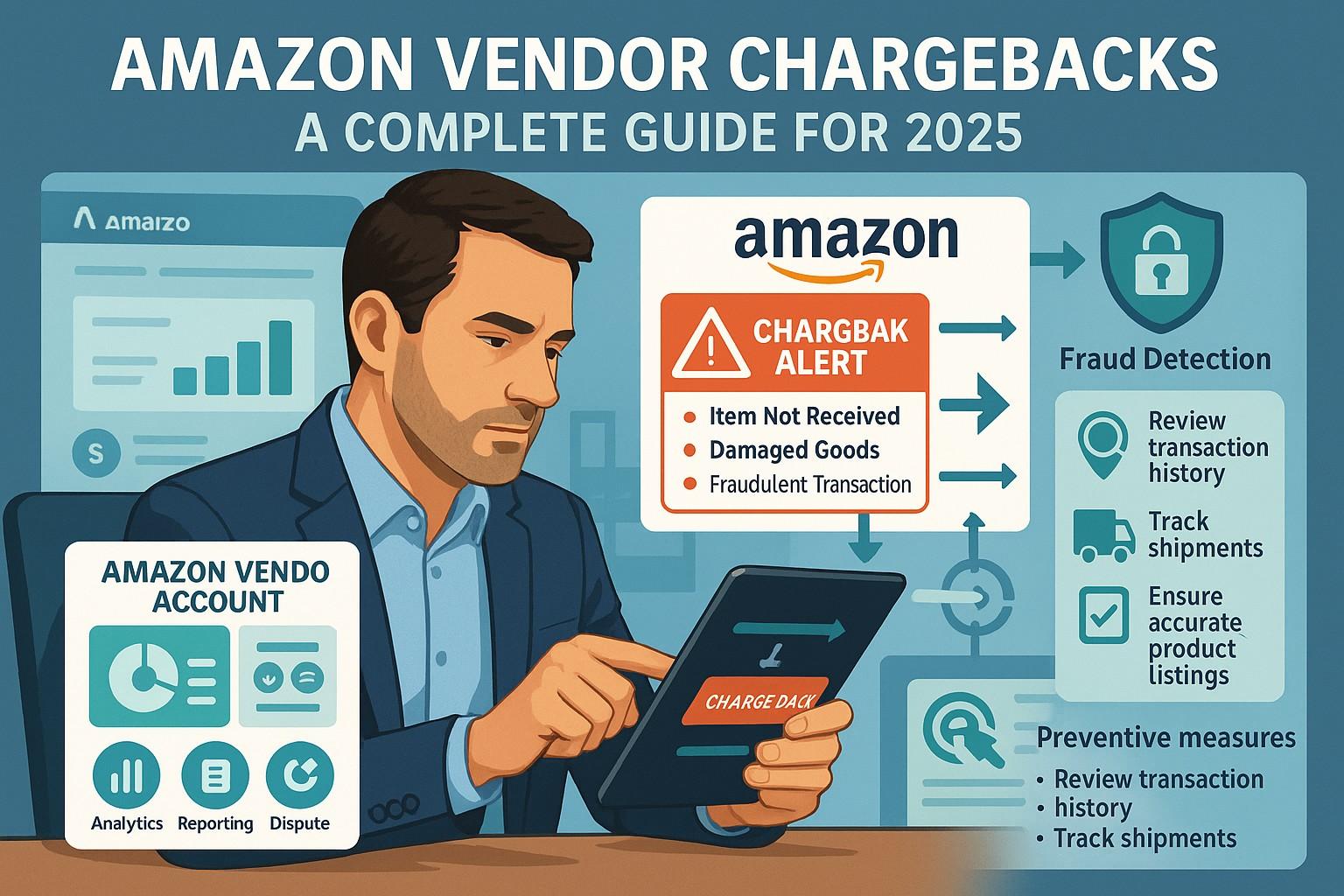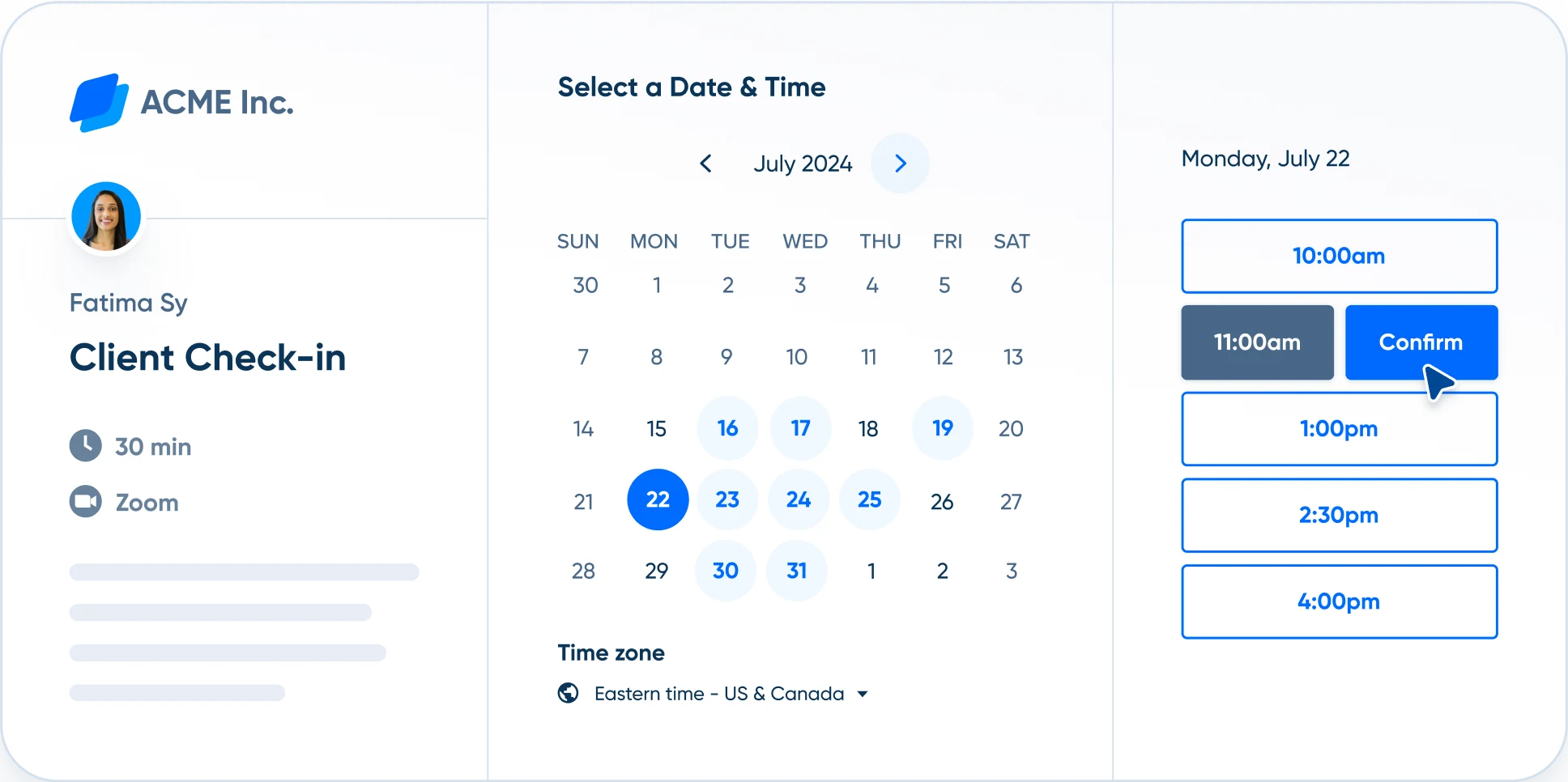Chargeback Management Services - Dispute Response Sep/ 1/ 2025 | 0
Navigating chargebacks is a complex task for any business, especially when dealing with e-commerce giants like Amazon. With increasing chargeback disputes, it’s vital for Amazon vendors to understand how these issues arise and how to effectively manage them. In this 2025 guide, we’ll break down everything you need to know about Amazon vendor chargebacks, their causes, and the best strategies for avoiding or disputing them.
What Are Amazon Vendor Chargebacks?
Amazon vendor chargebacks are penalties issued by Amazon to vendors when they fail to meet certain expectations related to the fulfillment of orders, delivery times, or compliance with Amazon’s requirements. These chargebacks can impact your business financially, leading to lost revenue and damaged relationships with the marketplace.
Common Causes of Amazon Vendor Chargebacks
Understanding why chargebacks occur is the first step in preventing them. Here are some common reasons for chargebacks:
- Late Shipments: Failure to meet Amazon’s delivery deadlines.
- Incorrect Invoices: Mistakes on the invoices such as mismatched item descriptions or prices.
- Packaging Issues: Items that aren’t packaged according to Amazon’s specifications.
- Inventory Discrepancies: Reporting incorrect stock levels that don’t match Amazon’s system.
How to Avoid Amazon Vendor Chargebacks
Preventing chargebacks before they happen is the most effective strategy. Here are several actionable steps to ensure smooth transactions with Amazon:
1. Follow Amazon’s Guidelines to the Letter
Be sure you understand and adhere to Amazon’s vendor guidelines. They have strict rules regarding packaging, shipping, invoicing, and more. Any deviation can result in chargebacks.
2. Improve Your Shipping Process
To prevent late shipment chargebacks, use reliable carriers and implement an efficient logistics process. Consider using Amazon’s own fulfillment service, Fulfillment by Amazon (FBA), to minimize delays and shipping errors.
3. Maintain Accurate Inventory Levels
Regularly update your inventory data to ensure it matches Amazon’s records. Discrepancies can lead to chargebacks for inventory issues.
4. Double-Check Invoices and Documentation
Ensure that all invoices are accurate and correspond with the shipments sent to Amazon. This includes proper item descriptions, quantities, and pricing.
5. Invest in Chargeback Prevention Tools
Using automated tools to detect chargeback patterns and flag potential issues can help prevent future disputes.
How to Dispute Amazon Vendor Chargebacks
If you receive a chargeback, don’t panic. Here’s how you can dispute it:
1. Review the Chargeback Reason Code
Understand the exact reason Amazon is issuing the chargeback. This will give you clarity on how to approach the dispute process.
2. Gather Documentation
Collect all relevant documentation such as invoices, shipping receipts, tracking numbers, and any other evidence that proves you’ve met Amazon’s requirements.
3. Submit Your Dispute
Once you have the required documentation, submit the dispute via Amazon’s vendor portal. Ensure that you address the chargeback reason clearly and provide supporting evidence.
4. Monitor the Outcome
Amazon will review your dispute and issue a final decision. If the chargeback is reversed, the penalty will be refunded to your account.

Email us anytime!
Email customer service 24/7

Call us anytime!
Reach customer care 24/7 at +1 (888) 927-5152
Conclusion
Amazon vendor chargebacks can be a significant source of stress for e-commerce sellers, but by staying proactive and understanding the root causes, you can reduce your risk of chargebacks. By adhering to Amazon’s guidelines, improving your logistics, and monitoring your accounts closely, you can safeguard your business and keep disputes to a minimum.


